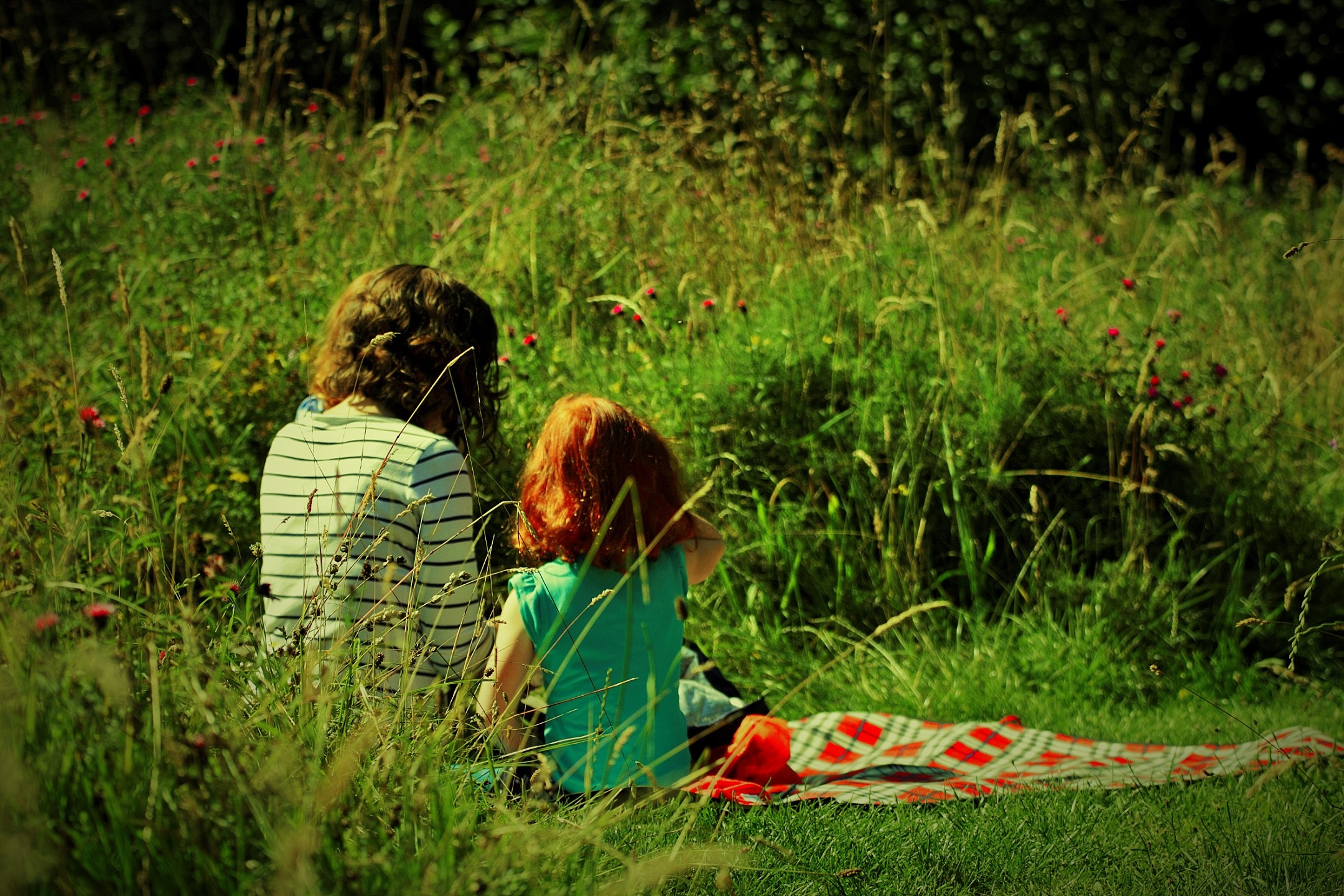Measuring children’s connection to nature

This article was written by Phil Burfield, RSPB Policy Officer, and originally posted on the Royal Society for the Protection of Birds (RSPB) website.
Photo credit: David McHugh (rspb-images.com).
Measuring children’s connection to nature
There are some things in life that often go unquestioned. Quite often, these are ‘good’ things. Things that, to many of us, would just seem to be common sense.
The importance of children caring for nature would, I suggest, be one of those very things.
Equally, as researchers, advocates and conservationists, we know the importance of being grounded in sound science and basing our positions and practices on a robust evidence base.
We also know that it is often those ‘good’ things that prove frustratingly tricky to study empirically.
Last year, we were lucky enough to be able to commission the University of Derby to undertake a piece of research with the aim of demonstrating the link between how children feel about nature – their ‘connection to nature’ – and the positive impacts we suspected it is associated with.
I say lucky enough, as without the Calouste Gulbenkian Foundation kindly funding the RSPB to research children’s connection to nature over the last five years, we would not have been able to undertake any of this work.
This project’s brief was to build on our earlier work to define children’s connection to nature and establish UK baselines for 8-12 year-olds. In part, it was also to reinforce what that study proposed as “a level of connection to nature that the RSPB considers to be a realistic and achievable target for all children.”
The new piece of research – launched today, here – was led by Dr Miles Richardson of the University of Derby’s Nature Connectedness Research Group. Making the most of links with the University’s College of Education, Miles’ team were able to conduct fieldwork in 15 primary schools with nearly 800 pupils aged 10-11 years with a broad range of connection to nature.
The researchers also used a suite of subjective measures to see if and how they correlated with children’s connection to nature. These included health and wellbeing, participation in pro-nature behaviours (such as making a home for nature) and – for the very first time – educational attainment.
Summarising the report’s findings, Miles reveals:
“The results demonstrate that children who were more connected to nature had significantly higher English attainment. While there are a multitude of factors associated with a child’s English attainment, it is noteworthy that connection to nature is as important to children’s achievement in English as established factors such as life satisfaction and attendance at school.
“Further, the ‘target level’ of connection to nature previously proposed by the RSPB was found to be a significant threshold across other measures. Those children with at least this level of connection had significantly higher health, life satisfaction, pro-environmental behaviours and pro-nature behaviours.
“The analysis also found strong correlations between connection and pro-nature behaviours and pro-environmental behaviour. A positive correlation was also evident between children’s connection and days spent outdoors and days spent in nature over the past week, suggesting that the more time spent in nature is associated with a child’s connection to nature.
“The research provides further evidence that connecting with nature should be part of every child’s life – it has the potential to aid nature’s revival while benefiting the child. To embed nature connection within our social norms, there is a need to be able to understand the benefits and set targets for levels of nature connection.”
Commenting on the research, Andrew Barnett, Director of the Calouste Gulbenkian Foundation (UK Branch), adds:
“The results of this pioneering research confirm the benefits on health, wellbeing and even educational attainment of raising children, the future custodians of nature, with a sense of responsibility for and kinship towards the natural world. Robust evidence of children’s connection to nature will be a powerful lever for change.”
Reflecting on the research and its contribution to saving nature, Martin Harper, RSPB Conservation Director, concludes:
“For nature’s sake and our own sake, we need to address the growing disconnection of people from nature. If people do not care about or have an interest in nature, they are not going to protect it. This new research has reinforced our previous finding that only one-in-five children in the UK are connected to nature, and for the first time demonstrated the important benefits associated with being connected. Thanks to it, we are a step closer to increasing people’s connection, a step closer to them helping to give nature a home, and a step closer to a world richer in nature for us all.”
For more information about RSPB’s research in this area, read our case study about the project or visit rspb.org.uk/connectionmeasure.
This work was supported as part of the Foundation’s Valuing Nature programme of work, which began in 2009 to promote the value of the environment and drive change to more sustainable lifestyles through a creative engagement with the natural world.
